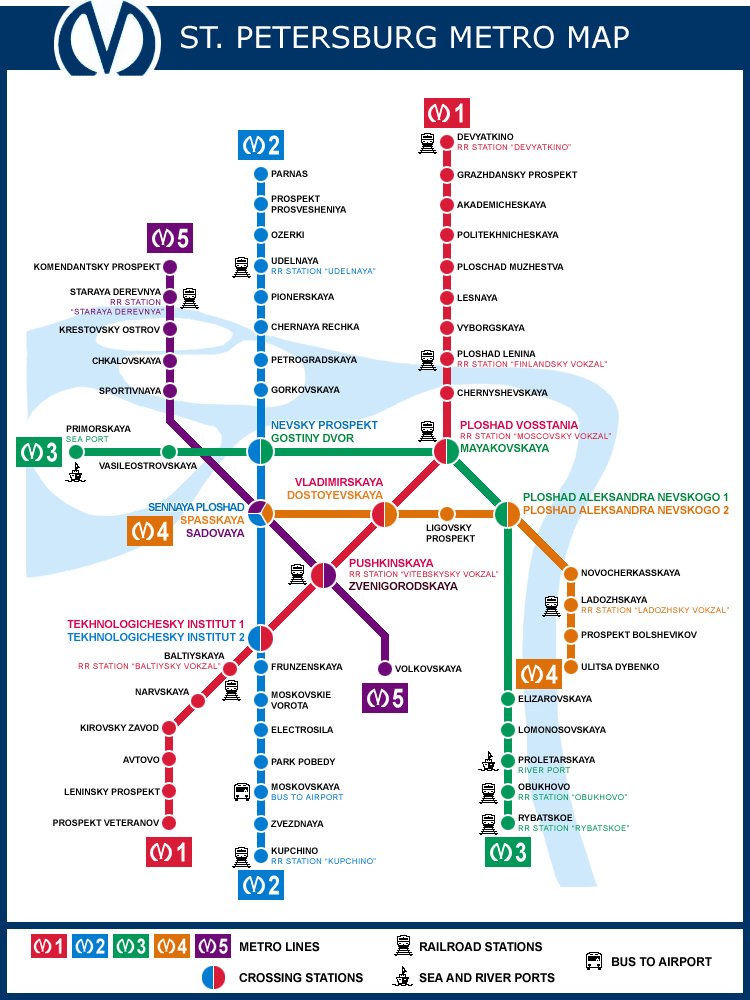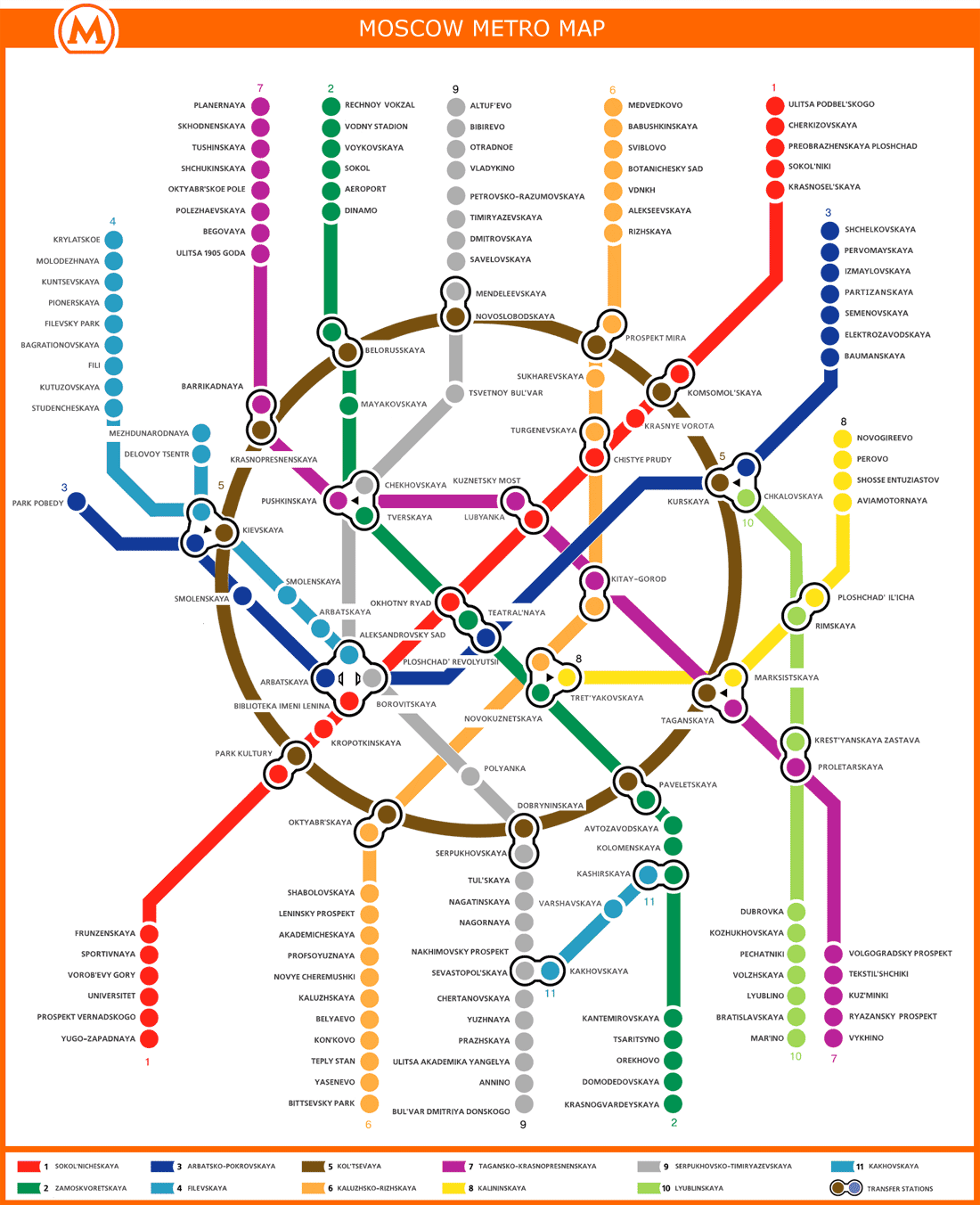It was incredible (although initially underwhelming) to first behold the grand Winter Palace: it was the legendary place so frequently put forward by old friends as a dream, the most beautiful place in the world. It appeared again in high school when learning of the last days of the Tsar’s family, mentioned as the opulent seat of Romanov power. And perhaps my expectations were too high, at least for the facade.

The facade itself is very wide and entirely identical. My first impression was not ‘wow!’ but whimsical.
At only three stories, it appeared shorter than most buildings in Petersburg, and the entire front showed the same repeated patterns of Baroque style and mint-toothpaste-colored paint. I was hoping that it would just be the clouds that prevented the true color and gilding from standing out, and waited until we got inside to see the Hermitage.
The courtyard began to change my mind, but I was still not really convinced that this was a grand palace, the place from which a powerful family could hold sway over the broad expanse of Russian domain and snatch a place among the great rulers of Europe.
That impression did not arrive until we actually entered the museum and arrived at the Jordan Staircase. The mere amount of gold was impressive, but what caught me was the magnificent effect of the space: the extensive gilded woodwork all hand-carved, the enormous mirrors making the stair swallow its guests, the massive ceiling mural, and solid marble columns that provided a stern and impressive backdrop.
It caught my breath in a way that made me realize it is not just a figure of speech. For the next few hours, passing from hall to hall of carefully carved wood floors, elaborate gilding, soaring ceilings, tall windows and mirrors, semi-precious vases, and stunning pieces of art, I simply could not regain my breath. It was far too much to believe that anyone could own such a place! Truly this could be the center of an empire, where the mightiest and wealthiest rulers could rule. The extravagant throne room only proved that this is the very seat of the empire!
































